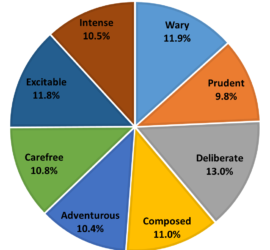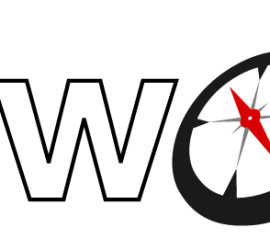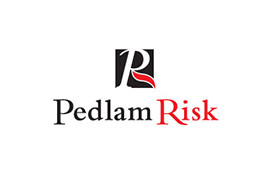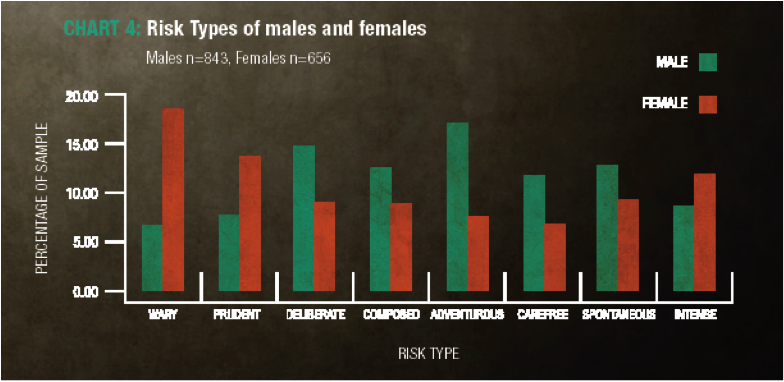The Extraordinary Invisible World of Risk Type
This article by Geoff Trickey, Managing Director of PCL, was first published in The Auditor. Think for a moment about the characteristics that set you apart and give you your unique identity. Is it your cautiousness, your careful planning, your ability to generate solutions, your openness to new experiences, your flexibility, your friendliness, your professionalism, your vigilance in following things through? Or, is it your independence or that you’re highly alert to signs that things may be going wrong? All of the above are personality characteristics, features that create a particular reputation for you amongst your friends, your colleagues and your […]






